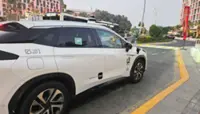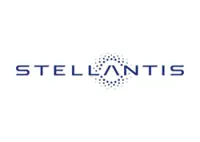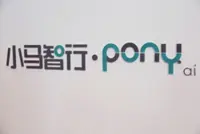The Cruise accident wasn’t the first such incident involving driverless cars in America but it served to intensify a long-running debate over how quickly this technology should be rolled out across California. — Reuters
LOS ANGELES: It should have been the smoothest of rides: rolling out robotaxis in San Francisco, America’s tech capital. But there were bumps in the road and today driverless cars face mounting criticism across California even as firms plan for expansion.
In August, the California Public Utilities Commission voted to allow General Motors’ Cruise and Waymo, owned by Google’s parent company Alphabet, to run round-the-clock robotaxis in San Francisco for the first time.
Already a subscriber? Log in
Save 30% OFF The Star Digital Access
Cancel anytime. Ad-free. Unlimited access with perks.





